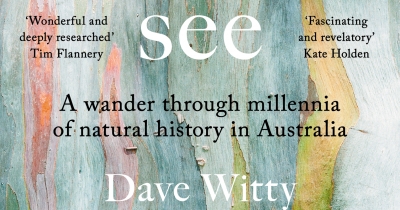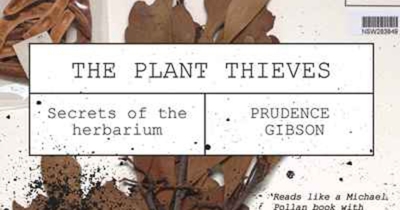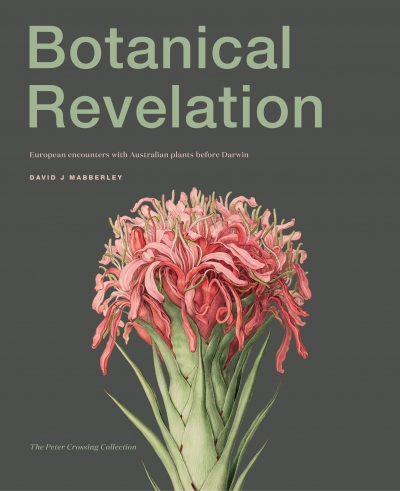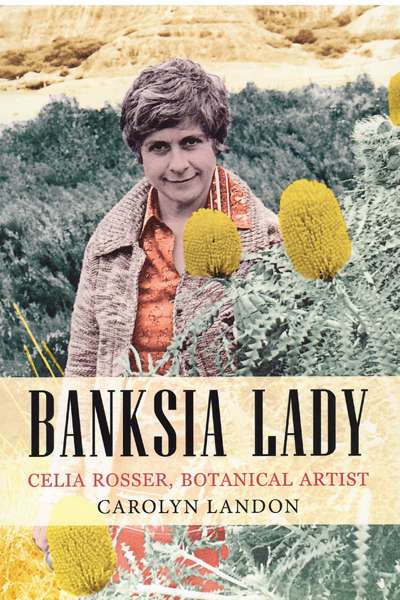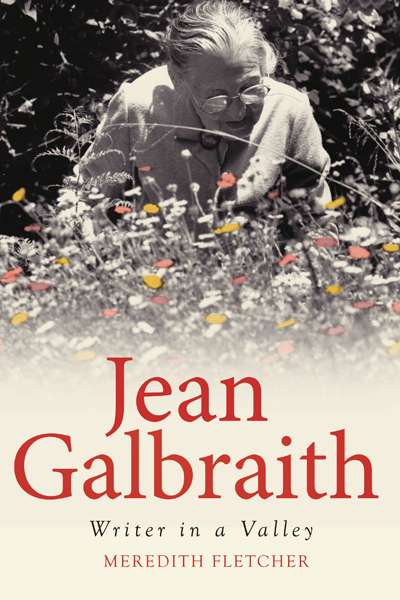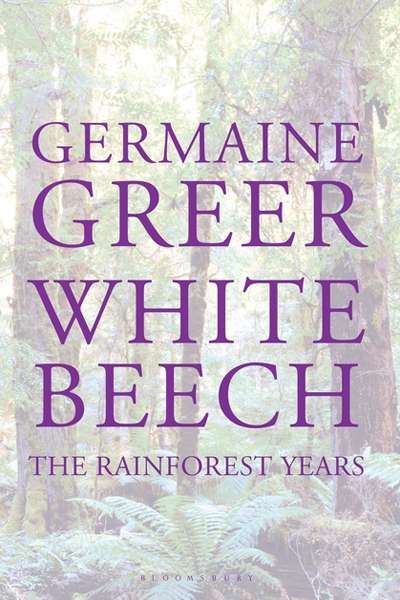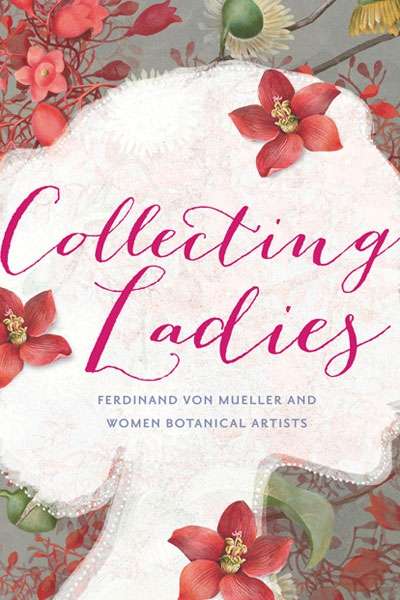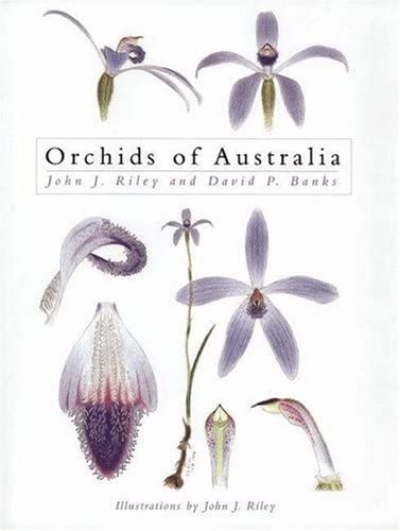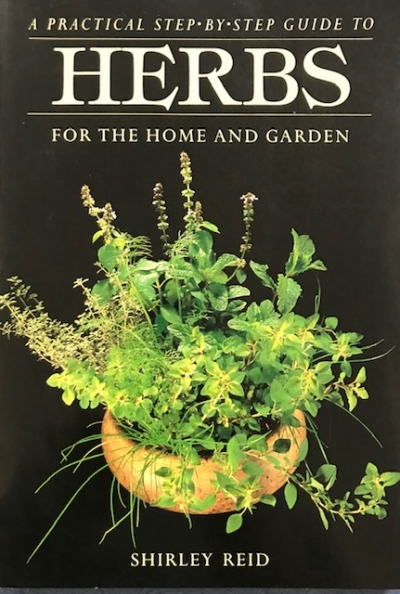Botany
What the Trees See: A wander through millennia of natural history in Australia by Dave Witty
by Ashley Hay •
The Plant Thieves: Secrets of the herbarium by Prudence Gibson
by Danielle Clode •
Botanical Revelation: European encounters with Australian plants before Darwin by David J. Mabberley
by Danielle Clode •
Collecting Ladies: Ferdinand von Mueller and Women Botanical Artists by Penny Olsen
by Simon Caterson •
Orchids of Australia by John J. Riley and David P. Banks
by Silas Clifford-Smith •

